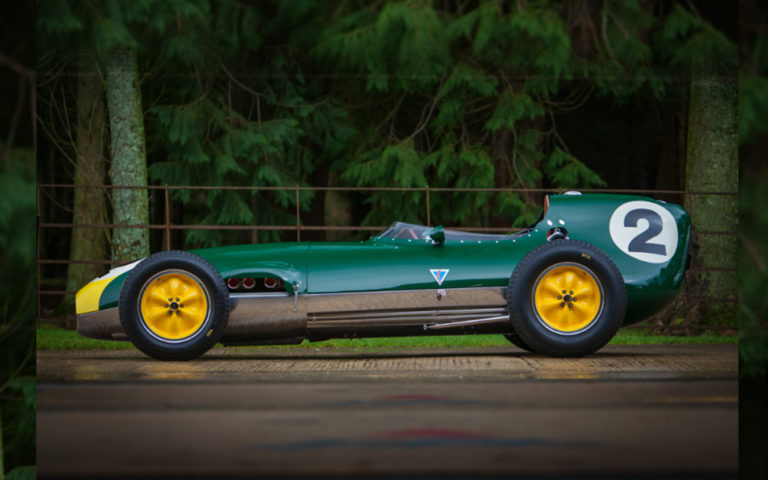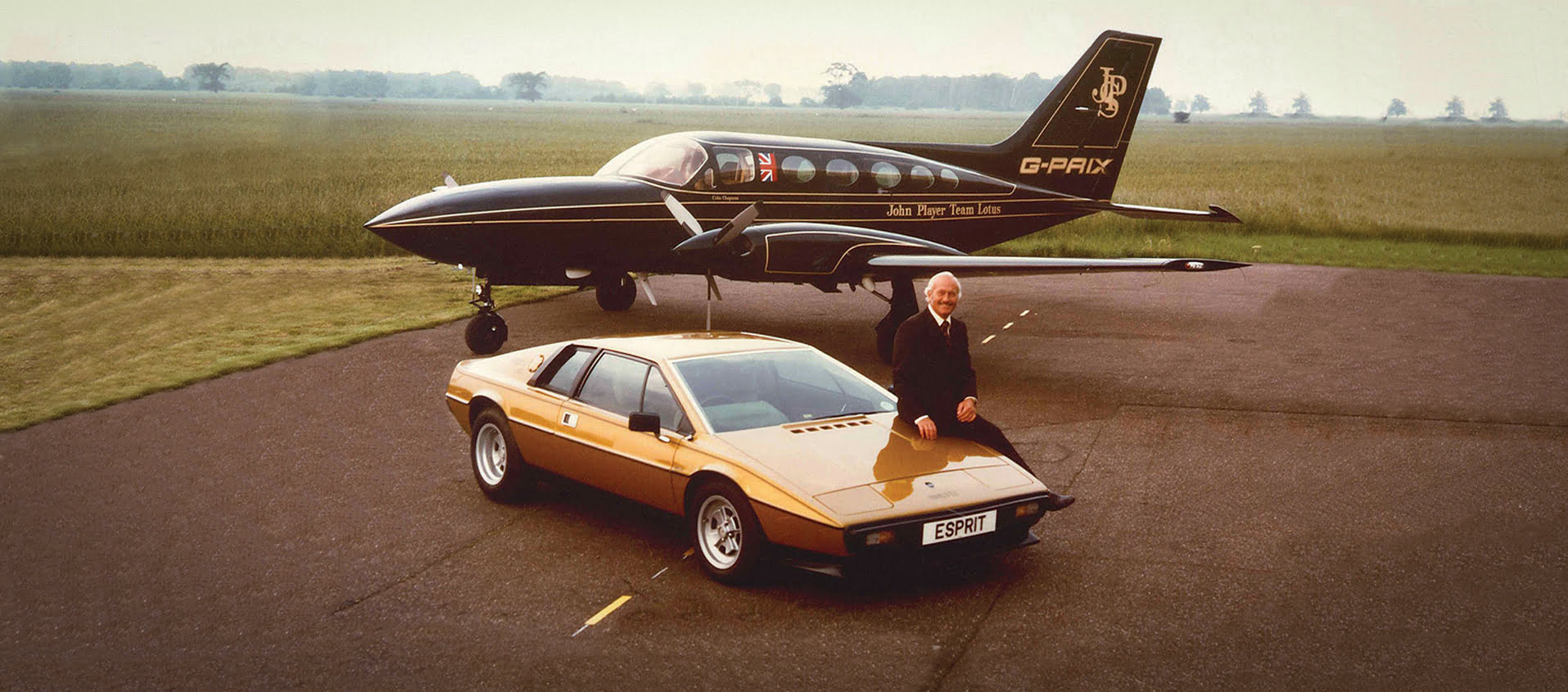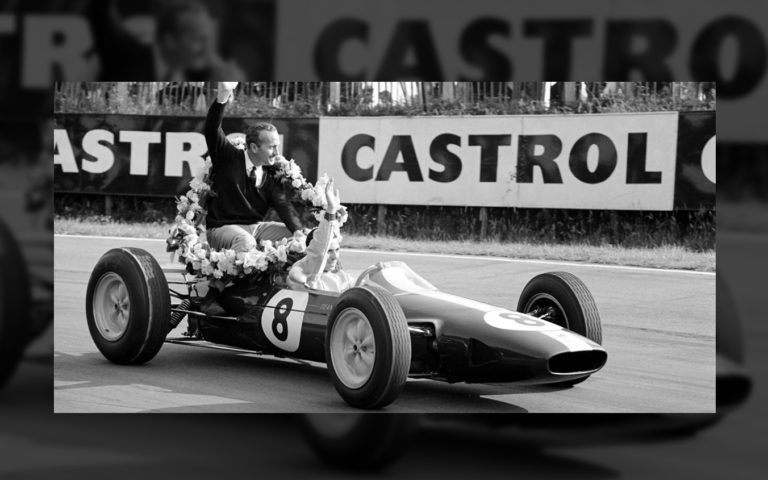Colin Chapman and Lotus 2 - From Formula 1 to the road
09 April 2021 3 min read 9 images

The idea of lightness wasn’t just Colin Chapman’s. As a matter of fact, in Surbiton in the Surrey region of England, John Cooper and his father Charles had already been very successful building small Formula 3 (500cc) single-seater cars, using rear-mounted Norton motorcycle engines. A kind of ante litteram Kart.

Register to unlock this article
Signing up is free and gives you access to hundreds of articles and additional benefits. See what’s included in your free membership. See what's included in your free membership.
Already have an account? Log In


